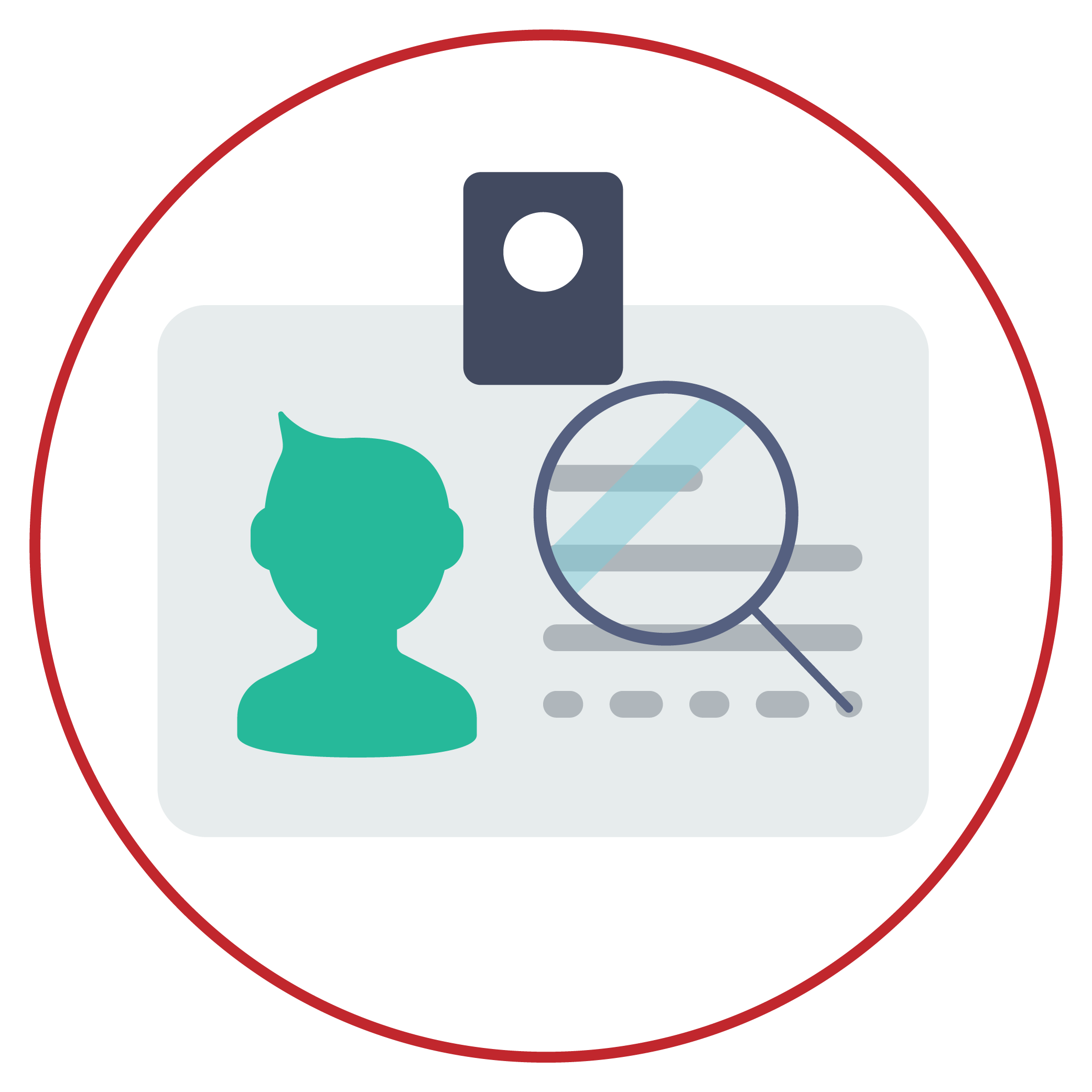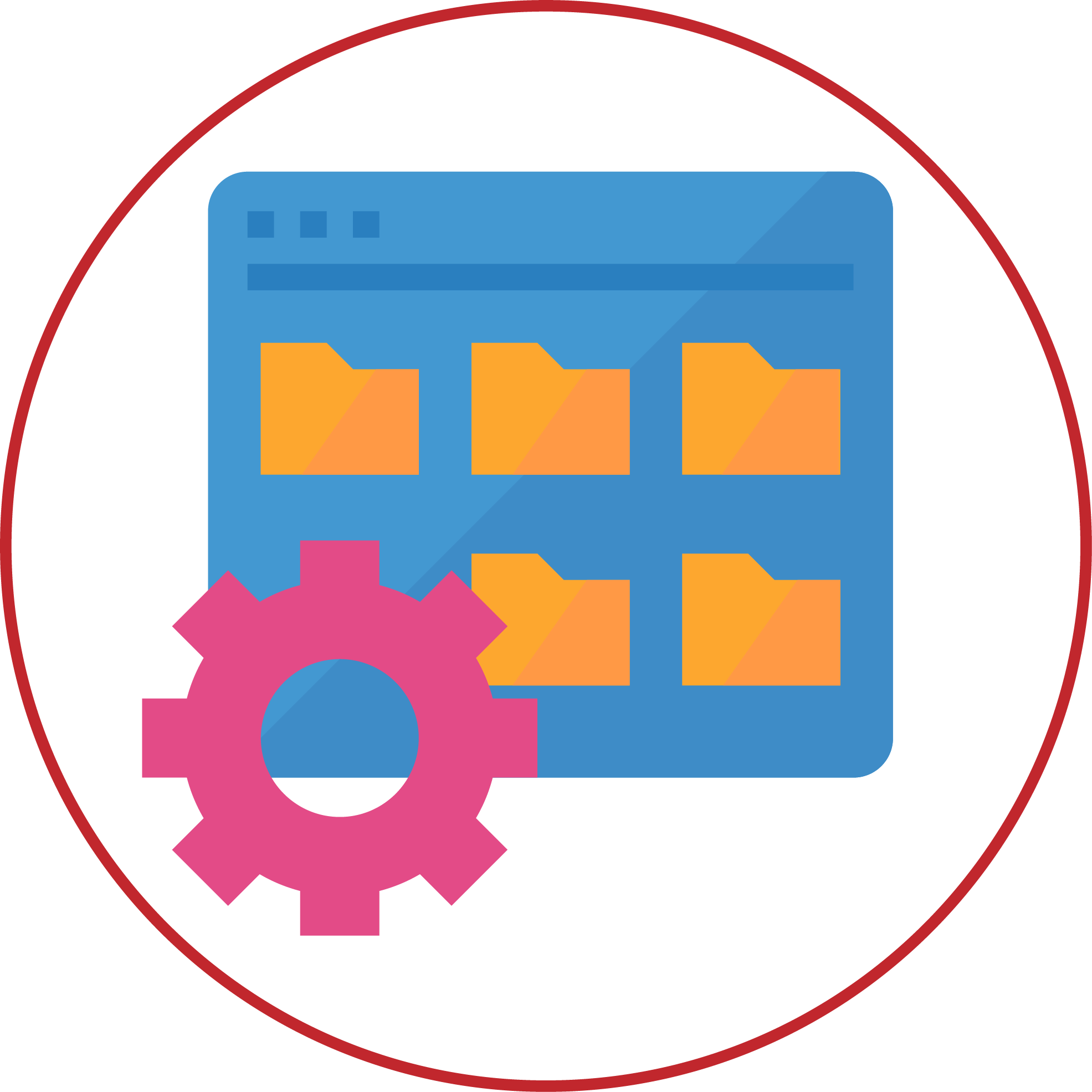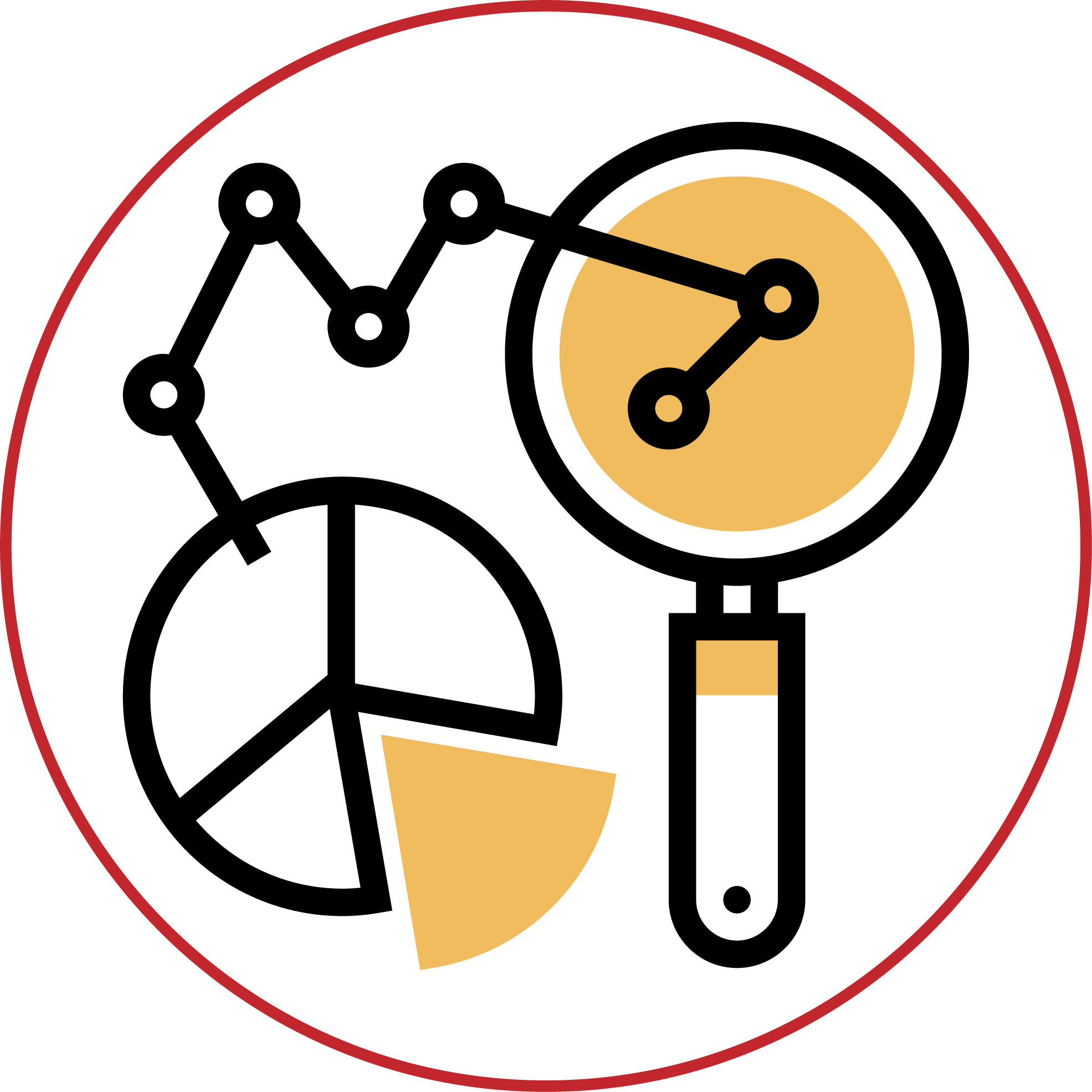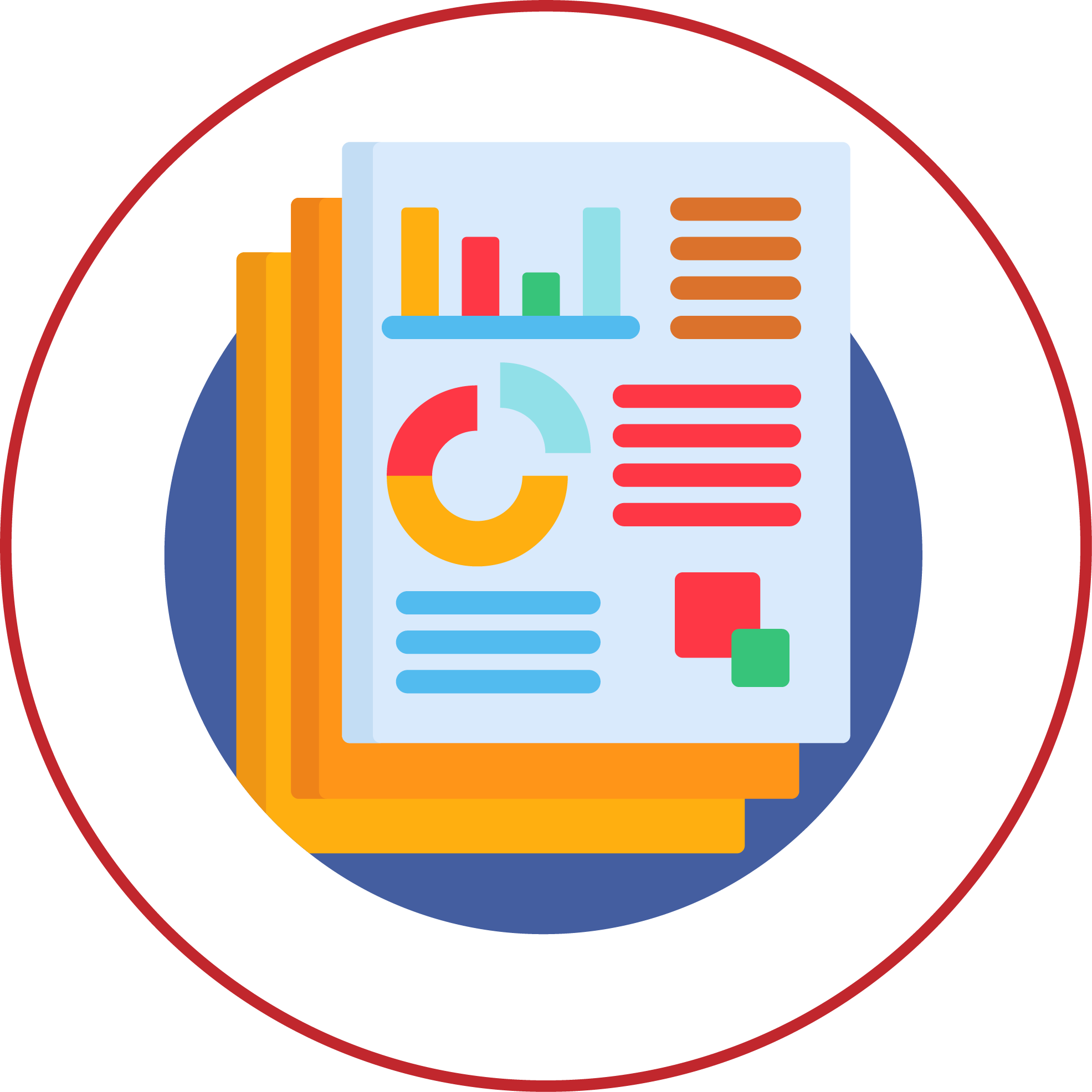The banking industry has evolved over the years when it comes to customer service delivery and operations models. However, it is surprising that most banks are yet to embed analytics into the core company culture, decision processes, and business operations. A recent report by McKinsey analyzed analytics maturity of more than 20 banks in Europe, the Middle East, and Africa (EMEA). Among the banks surveyed, only 30 percent reported having matched their data analytics efforts with their business goals.
To succeed in this data-driven world, banks need to leverage data analytics capabilities toward better decision making. We take a closer look at various business functions where data science can be applied.
 |
Fraud detection |
PwC’s latest survey, Global Economic Crime and Fraud Survey, reports a rise in fraud with 49 percent of respondents stating they’ve been a victim of fraud or economic crime – up from the 46 percent in 2016. To combat fraud, organizations are employing the use of technology and data analytics tools. These include machine learning to identify patterns, predictive analytics to predict the likelihood of occurrence of fraud and other Artificial Intelligence (AI) or advanced analytics techniques.
For example, Danske Bank is fighting fraud with deep learning and AI techniques. The bank struggled with low fraud detection rates (40 percent) and has over 1200 false positives per day. After the implantation of a modern enterprise analytics solution, the bank realized a 60 percent reduction in false positives; increasing true positives by 50 percent.
 |
Customer data management |
The open banking momentum has gained significant ground since the introduction of the Payment Services Directive (PSD2) by the EU. Under the current mandate, data sharing is enabled via public application programming interfaces (APIs). In an open environment of data sharing, the ability to collate, manage, and analyze data is even more important than before.
 |
Risk handling for investment banks |
Singapore’s United Overseas Bank (UOB) has implemented big data analytics to drive risk management solutions. As a financial institution, UOB provides a host of personal banking, investment banking, insurance services among many others. Earlier, it would take UOB analysts several days to calculate multiple risk factors pertaining to loans. Using high-performance analytics – a combination of grid computing, matrix-based calculations, and in-database analytics, UOB was able to introduce near-real-time risk calculations into risk management. The bank has also been able to deploy risk management resources to identify business opportunities.
 |
Personalized marketing |
Banks can now use insights from data analytics to run more targeted and personalized campaigns. Platform-based personalization is being employed to optimize marketing strategies. The platform improves personalized campaigns and enables faster processing of customer data. For instance, a key focus for mBank, owned by Commerzbank, is personalization. The bank enables personalization through predictive analytics to identify individual customer preferences. The bank combines social and mobile technology to provide an enhanced digital customer experience.
 |
Lifetime Value prediction |
Lifetime Value (LTV) is a measure of how long organizations are able to retain their customers. LTV is used by many banks as a direct measure of customer satisfaction. In this digital age, LTV becomes an important metric. Increasing competition by Fintech and new entrants places a greater emphasis on acquiring and retaining customers. With predictive analytics, banks can know which customers to focus on for new engagement efforts.
 |
Real-time and predictive analytics |
In today’s fast-paced world, customers have grown to expect instant services and solutions. Banks are adopting real-time analytics to tap into continuous data streams to identify risk and opportunities. Real-time insights help organizations gain business intelligence toward improving business processes, make informed decisions, delivering better customer service, predicting future scenarios, creating new product categories and many other applications.
 |
Customer segmentation |
Banks find value with customer segmentation, helping them attain a deeper understanding of their customers. Using data analytics techniques, enterprises can analyze customer profitability to offer a personalized customer journey. Leveraging user behavior data banks can strategize IT requirements, marketing campaigns, and efficiently divert customers to their preferred interaction channel. For example, Lloyds Banking Group wanted to understand and know its customers as individuals. With data analytics, Lloyds was able to address the needs of different customer segments and maximize growth in targeted segments.
 |
Recommendation engines |
The rise of e-commerce and retail industries has improved the prowess of recommendation engines. In the banking sector, recommender systems are being employed to identify behavioral patterns and recommend services or products. For example, BBVA, a multinational Spanish banking group, uses a recommendation engine to offer personalized suggestions or advice to their users based on their behavior and needs. The bank has introduced services such as Baby Planner, Bconomy, and Commerce360 for managing personal finances and expense control.
 |
Customer support |
Delivering superior customer support is a major part of customer service. Banks are moving from the traditional service-oriented model to a customer-centric model. In order to stay ahead of their competition banks are using analytics to help customer support agents be efficient at their jobs, decreasing resolution times, and improving overall customer experience.
The growing capabilities of data science would help banks rapidly innovate solutions and parallelly refine processes and products based on collated data. But despite the growth in big data analytics, banks have been slow in adopting this technology owing to the sensitive nature of data. Collectively, banks have started laying the analytical foundations, but there is room for improvement. Banks need to dive deeper into data analytics to realize its true potential.































